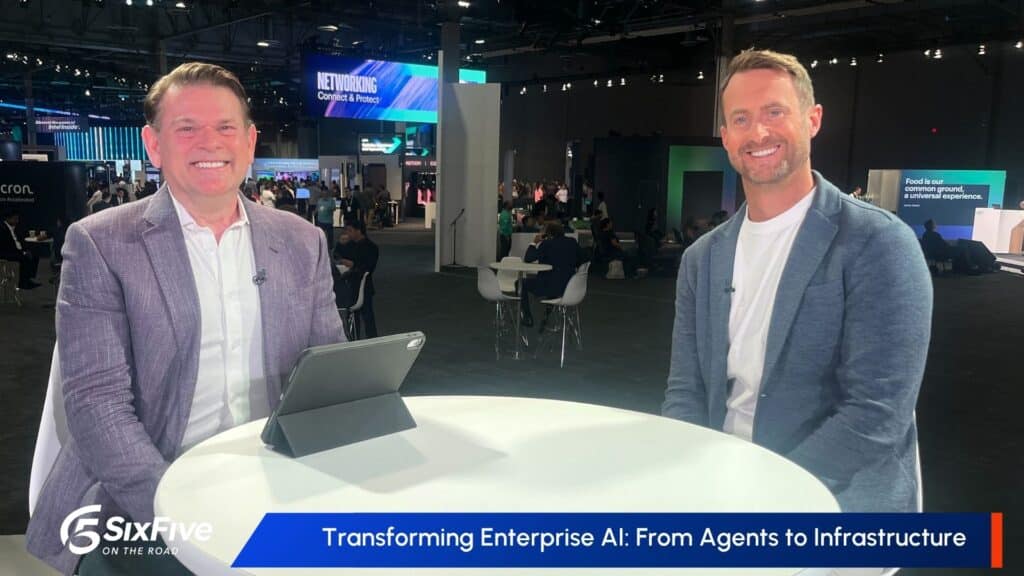An employee’s journey with a company can be highly variable in terms of both duration and quality. In the past, it had been thought that an employee’s journey with a company started when they accepted a job offer and was onboarded. However, an employee journey is now being looked at more broadly, spanning from recruitment to alumni. Additionally, while the journey has many core pieces, it is also made up of a variety of micro-moments that add to or detract from an employee experience. Recently, the idea of candidate experience, which would encompass recruiting, applying for a job, and potentially first hiring steps, has been garnering attention.

Recruiting, interviewing, and getting the best candidate over the finish line have all been incredibly challenging for companies of late. Likewise, candidates are frustrated by lack of communication, organization, and engagement techniques. A job candidate should always be considered a potential employee whose journey has already started, or at the least, as a person that has interacted with the company and will walk away with a positive or negative experience that they will likely share.
Many of the technologies that support positive CX and EX can and should be leveraged for this part of a potential employee’s journey. Technology vendors are providing solutions that go far beyond applicant tracking. The recent HR Tech Conference was bursting with product announcements in this area.
Medallia recently reported an increase in demand for solutions that would help improve candidate experience. In research the company conducted with the Josh Bersin Company, companies identified as EX leaders are more likely than EX laggards to gather feedback throughout the interviewing and hiring process. This feedback is critical to identifying friction points for both candidate and talent acquisition professionals.
“As organizations cope with the competitive employee marketplace, demand for candidate experience and insights continues to grow as companies can’t afford to lose out on talent,” says David Ostberg, Solution Principal and Industrial Psychologist at Medallia. “Employee Experience leaders are leaning heavily on understanding the candidate experience by getting feedback and insights from those at the very heart of the process: candidates, hiring managers, and recruiters.”
Tey Scott, SVP of Talent Acquisition at Medallia adds, “In today’s competitive talent landscape, it is more important than ever that candidates have a positive experience, yet too often candidates report feeling undervalued and frustrated by a lack of communication.”
Other research supports the value of candidate experience, as well as the negative consequences if a company does not support this part of the employee journey well:
- The two top concerns among talent acquisition (TA) buyers are the lack of skilled candidates (35%) and old processes and ineffective technologies hindering recruitment (33%). Thirty percent reported creating a human connection with candidates (30.6%) was a concern. (Symphony Talent)
- Top external TA challenges are led by difficulty communicating with candidates (40%) and candidates “ghosting” or losing interest in the process (38%). (Symphony Talent)
- Qualtrics-SAP research found 64% of job seekers have been ghosted by a company they interviewed with (40% say they often do not hear back, 24% say they never hear back). (Qualtrics)
- 60% of job seekers are unimpressed by time-consuming recruitment processes, and are demanding companies create a more modern recruiting experience. (Greenhouse.io)
- 60% of job candidates say that receiving feedback during the interview process, even if they did not receive a job offer, would make them more inclined to apply to future jobs at that company. (Greenhouse.io)
The challenges to implementing successful candidate experience, not surprisingly, mirror many of the same challenges to achieving optimal EX and CX. In a recent Qualtrics blog post, the company pointed to three barriers:
- Lack of comprehensive experience data.Most organizations collect data at only one point in time, often at the end of the hiring process, which can result in bias because organizations miss experience data from candidates earlier in the process.
- Constrained recruiting teams, with limited time for additional manual work.
- Inability to identify worthwhile insights and take action. Recruiting and talent acquisition have a lot of data, but need help synthesizing data from separate locations so they can focus their attention where it is needed most and take action sooner.
Technology solutions, such as the ones offered by both Medallia and Qualtrics seek to solve many of these internal issues, focusing on helping data flow through systems more quickly and securely with integrations into other systems; providing continuous listening and feedback opportunities through the process, and using artificial intelligence (AI) and analytics to dig out insights and trends to take action and remove friction points. Making it easier operationally and having important data generated automatically will lift burden from HR and talent acquisition and will result in a better experience for the candidate. Like CX and EX, closing the loop with candidates is crucial. An improved data flow can assist with this effort. Along those lines, technologies that can support timely and personalized communications and easier application processes will also prove beneficial in these initial stages of the company/candidate relationship.
Author Information
As a detail-oriented researcher, Sherril is expert at discovering, gathering and compiling industry and market data to create clear, actionable market and competitive intelligence. With deep experience in market analysis and segmentation she is a consummate collaborator with strong communication skills adept at supporting and forming relationships with cross-functional teams in all levels of organizations.
She brings more than 20 years of experience in technology research and marketing; prior to her current role, she was a Research Analyst at Omdia, authoring market and ecosystem reports on Artificial Intelligence, Robotics, and User Interface technologies. Sherril was previously Manager of Market Research at Intrado Life and Safety, providing competitive analysis and intelligence, business development support, and analyst relations.
Sherril holds a Master of Business Administration in Marketing from University of Colorado, Boulder and a Bachelor of Arts in Psychology from Rutgers University.







